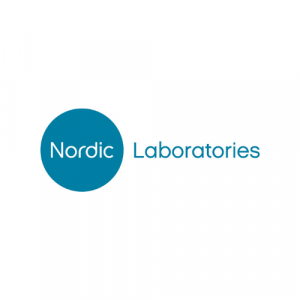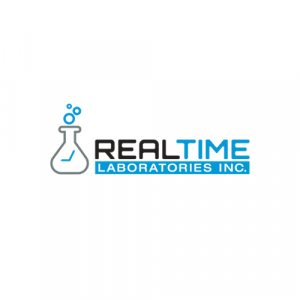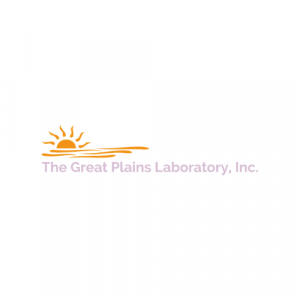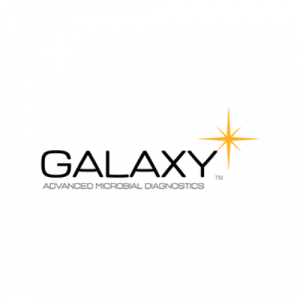

Let’s start this post off with some interesting trivia.
In the seventeenth and eighteenth centuries in England, hat makers were often exposed to mercury vapors from the felting process they used to form hats from wool. Because so many in their industry suffered mental illness as a consequence of mercury exposure, the phrase mad as a hatter was coined.
Fun little tidbit, right? Well, not so fast. Did you know that even today, most of our personal care products and clothing are full of toxic chemicals that disrupt your body and your health?
Thankfully nobody is going mad from hats these days, but the situation is not good. The New York Times just published an article on toxic chemicals in our care products. Research shows that people are developing mercury poisoning, cancer, fertility issues, and learning disabilities just from being in contact with everyday items. Even if you don’t develop a condition like these, you might find yourself feeling tired, anxious, and rundown all the time. All because modern personal care products are full of toxic ingredients.
Five Journeys is here to guide you toward a non-toxic household. For years, we’ve been helping clients rid themselves of chemicals and poisons through functional medicine. In fact, our founder, Dr. Trubow, has been on this exact journey herself. She went from feeling fatigued and unmotivated to living her very best, vibrant life.
You can get there, too! Here are three ways to lower your toxic profile by choosing the right personal care products.
It’s been estimated that the average American is exposed to more than a hundred different chemicals before they even leave for work. Body wash or soap, shampoo, conditioner, hairstyling products, deodorants, and cosmetics – products you probably use first thing in the morning – are damaging our systems.
Specifically, most products expose us to endocrine disruptors.
In short, your endocrine system manages your hormones. All your hormones. In a non-toxic body, hormones balance each other. For example, when cortisol goes up, dehydroepiandrosterone (DHEA) goes down. When DHEA goes up, cortisol goes down. DHEA is something that helps us relax and de-stress (among other things).
However, many toxic chemicals can mimic a hormone, so your body thinks that hormone is acting, which means the balancing one must be lowered (or raised, depending on what that action is). Other toxins just prevent a hormone from being used, so your body spends energy creating hormones that don’t get used. Regardless of which way they disrupt, when toxins get involved with your hormones, you’re going to feel the effects.
Anything from learning disabilities in children to reproductive problems in adults can happen, as well as birth defects, cancers, and a whole host of autoimmune diseases.
1. If the ingredients look like an alien language, don’t buy the product.
It’s nearly impossible to completely eliminate your exposure to toxins. Modern life is saturated with petroleum products, fragrances, and other chemicals. But we should all do what we can!
The easy workaround to that is to read an ingredient label, and if you don’t recognize a word—or it’s a word with thirty syllables and a couple of numbers—don’t buy it. Don’t rub it on your skin. And definitely don’t wash your hair with it or line your lips with it.
2. Use the Environmental Working Group website
Another easy way is to check out one of our favorite resources, the Environmental Working Group (EWG) (www.ewg.org). Their research is enormous and covers personal care products as well as common house and home chemicals in things like cleaners and detergents.
They have a list of twelve chemicals that they call the Toxic Twelve, which you should always avoid as best you can. They include:
3. Build a healthy gut, liver, and kidneys
Your body is designed to filter out toxins. However, many of us have such high exposure levels that our bodies get exhausted and can’t handle the workload. But if we reduce our toxic exposures to personal care products, then we can let our bodies do what they do best.
By improving your diet, sleep, and exercise, your body will be better equipped to deal with toxins. Plus, our nutrition team can recommend specific supplements that can boost your liver and kidney performance. This is especially important when toxins are stored deep within our tissues (since that’s one way our body isolates toxins from damaging healthy parts).
This article has been adapted from Dr. Trubow’s funny and insightful book, Dirty Girl: Ditch the Toxins, Look Great and Feel FREAKING AMAZING! In each chapter, she talks about her own journey through toxicity alongside practical tips for improving your own health. You’ll discover what products, clothing, and foods are increasing your toxic load (and we’re pretty sure what you’ll learn will blow your mind).
Get the book on Amazon or your favorite book retailer.
Healing and vitality don’t stop there. Visit the Dirty Girl website to learn more about the mission, transformations, and impact of the Dirty Girl Movement.
Get free shipping.
Free Shipping
5% Discount


At home.
Blood and Urine
$179 – $439
Depending on insurance coverage.


This is a comprehensive stool test that relies on quantitative polymerase chain
reaction (qPCR) technology to detect parasites, bacteria, H. pylori, fungi, and more by targeting the specific DNA of the organisms tested. Click here for more information.
At home.
Stool
$399
Depending on insurance coverage.


At home.
Urine
$129
Depending on insurance coverage.


At home.
Swab
$299
Depending on insurance coverage.


At home or in lab.
Blood
$999
Depending on insurance coverage.


At home.
Blood, Urine, or Ticks
may have a $200 copay
Covered by most insurance.


At home.
Urine
$300
Depending on insurance coverage.


At home.
Urine
$199
Depending on insurance coverage.


This test evaluates the genetic profile for multiple health indicators. Click here for more information.
At home
Blood Spot


At Home
Urine
$699
Fully covered by Medicare. Repeat test prices $249


$85-$225 depending on insurance coverage.




This company can test for lyme, babesia, bartonella and additional tick-borne illnesses. Click here for more information.
Blood
around $1600 (depends on panel selected)


This test is designed to look at food sensitivities (IgG immune responses). It is available in both a 99 or 184 panel. Click here for more information.
Blood
$129-238


No insurance coverage


Blood




This test evaluates the gut function and indicates microbiome balance, overgrowth, infection, inflammation, parasites and digestive efficacy. Click here for more information.
$179-$439 depending on insurance coverage.


This test evaluates many measures including micronutrients, antioxidants, minerals, detox, overview of gut function, omegas and toxic exposure. Click here for more information.
At home.
Urine
$150 – $329


Blood work for blood count, urinalysis and vitamin levels.
At any Quest Diagnostics Location
Blood
You often have to fast for these tests-please check your providers notes.




$310